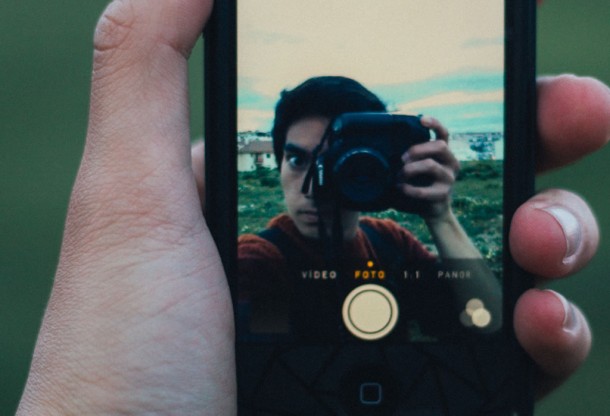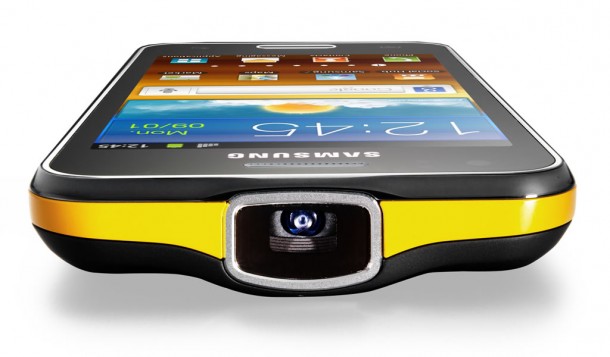
Few could have anticipated what an essential part of our lives mobile phones would be when the technology first took-off in the late 80s. By the end of the 90s, they were becoming more and more prominent in the UK. In 2000 half of all adults in the UK owned a mobile phone, the figure now stands at 93%.
When the mobile phone first appeared on the commercial market, they were bulky, ugly, with basic functions and really only available to the wealthy. Now, they are sleek, stylish and are packed with useful features and apps that make us more connected to the world around us than ever before – and most of the time we can’t bear to be parted from them. A worrying 58% of smart phone users can’t go 1 hour without checking their phones.
To meet the demand for our treasured mobiles we have seen the rapid rise of numerous networks (TalkTalk, EE, and Vodafone, to name a few), and mobile phone shops such as Carphone Warehouse, O2 and Three seem to be all around us on the high street. Even the big name supermarkets such as Tesco and Sainsbury’s are making sure they offer a range of mobile services and products alongside their groceries.
Mobile phone technology has come a long way in the last few decades and anticipating the future of this technology has led to some revolutionary (and seemingly impossible) breakthroughs. Let’s take a look at what the future of mobile phones may have in store.
The “Selfie” phone

Shocking “selfie” facts:
- 1 million+ “selfies” are taken every day
- 36% admit to digitally enhancing or retouching their “selfies”
- Over 50% of every mobile phone users have taken a “selfie”
- 30% of all photos taken by people aged 18-24 are “selfies”
Source- Techinfographics.com
Unless you have been in complete isolation from the rest of humanity for the last decade, you will be very familiar with the “selfie” phenomenon. Pouting the lips, arm around a despondent looking minor celebrity and with more filters than Britta, the “selfie” is, quite literally, the defining image of our generation. In August 2013 the term was given a place in the Oxford English Dictionary, officially recognised as a word ingrained in modern speech.
The mobile industry is responding to the trend, 2014 saw the launch of the Lumia 730, dubbed the “selfie phone”, while Windows is in the process of designing a front facing five megapixel camera, a significant increase from the standard 1.3-megapixel cameras currently staring back at you from the screen side.
As we push ourselves front and centre into the photos we take, it seems the conventional phone camera is becoming increasingly obsolete. The front facing “selfie” friendly camera could become standard. Goodbye arty landscapes, hello high definition duck-face.
The Projector Phone

It seems mobile phones are set to take over all the other gadgets in our lives, including, eventually, television. Thanks to improving public Wi-Fi networks and increasing data roaming areas, we are watching even more videos and movies on our mobile phones. However, showing our friends or relatives our favourite YouTube videos of cats on a small screen doesn’t seem to be enough any more.
In recent times, various technology firms have tried and often failed to deliver a mobile phone with an in-built projector. The latest version is the Samsung Galaxy Beam, which hasn’t quite had the success manufacturers had planned. Critics say it is too expensive, cumbersome and with insufficient battery life.
However, editor of Pico Projector Info, Ron Mertens stated in an interview with Tech Radar, that in five years’ time the technology would become even smaller and crisper. Pico-Projector technology uses a laser as a light source, allowing it to fit effortlessly inside a smartphone. One question does remain, though: Who would want one?
Getting under your skin
This takes being attached to your phone to a whole new level. Anthropologist, Joshua Bell (above), from the Smithsonian Museum, predicts that mobile phones could be implanted into our bodies within the next few years. Integrated circuitry could turn the palm of your hand into a keyboard, or even your eye into a camera. Bell suggests that the implanted devices would be powered by nanogenerators, drawing energy from our own bodies. But he raises the question of where our bodies start and technology ends, as we turn ourselves into our mobile phones.
Artificial Intelligence

“Our phones are set to get smarter. Dialogue is really important. In the original systems that came out, it operated like a search engine. You say something and something comes back, but it may or may not be the right thing. But that’s not how humans work. Humans disambiguate. We clarify.”
–Peter Mahoney CEO of Nuance, new phone technology developer.
As our phones become more and more integrated into our lives, users demand a more fluid and seamless experience. We want our phones to do what we want them to, but often the limitations of technology mean there is a little misunderstanding along the way. But not any more, with intelligent assistance and knowledge navigation software like Siri available on our phones, the user experience becomes more than just button pressing, but a conversation. We want smarter phones, phones that understand us, and breakthroughs in Artificial Intelligence means that soon they will be able to read our emotions, predict what we are thinking and interact with us just as we interact with them. Scary huh?
Photographs by Alessandro Lucia / Leo Hidalgo / Saad Faruque
